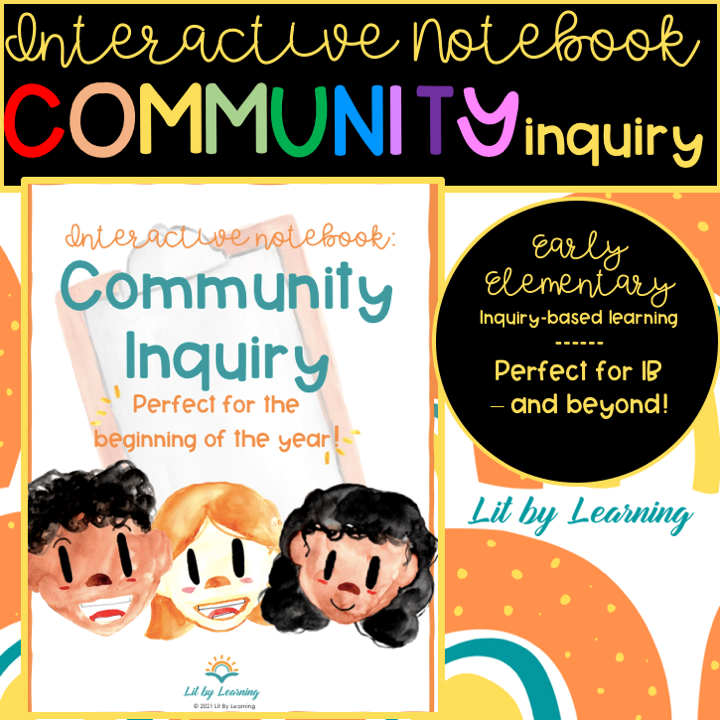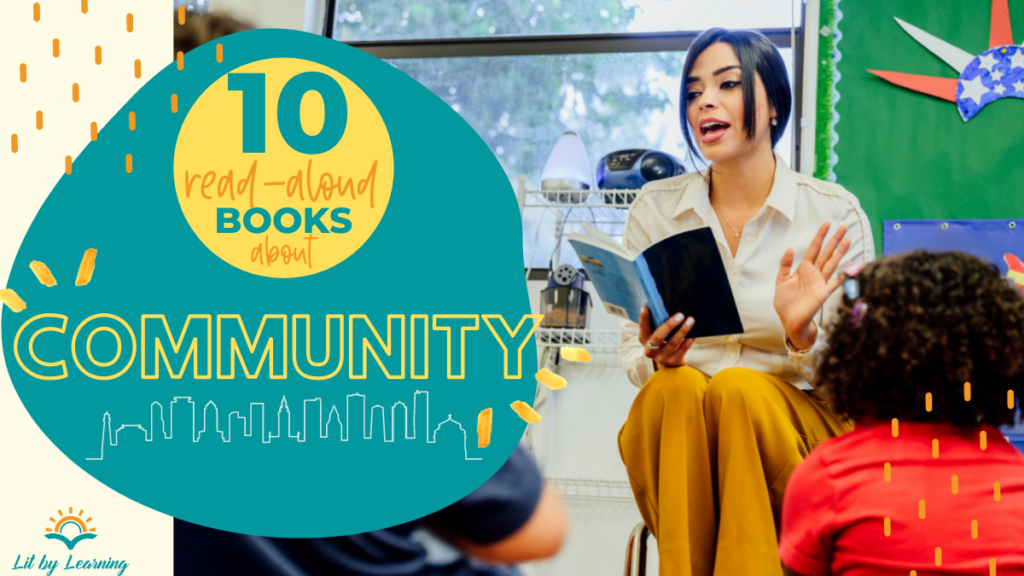
As we return to school in the fall, my students and I talk a lot about community. We ask essential questions like, “What is a community?” “What does a community need to thrive?’ and “How can I be a responsible citizen of my community?” Through my 10+ years of teaching virtually every early elementary grade (K, I’m coming for you!), I’ve collected some beautiful community-centered books for read aloud to ignite our conversations.
Why community?
A quick question: Why community? The more common books list for return to school feature favorites like “The Kissing Hand” by Audrey Penn or “First Day Blues” by Julie Danneberg. I love these books, too! I love to use these familiar, relatable texts to practice partner talks and responding to reading. No shade here. I have much more of a both/and mindset here: there can never be enough stories that are read aloud! Especially as we return to school, I incorporate as many books for read aloud as possible.
Discussions about community make my classroom more student centered
The main reason I chose to ALSO read books about community is simple: I believe a strong student-centered classroom is built on a positive community mindset. I want students to know right from the get-go that we are in this TOGETHER. From day one, I want them to know that they didn’t just walk into my classroom; it is a space that we share equally. Studying community is a great way to bring this into focus. Students learn that there are many ways to be a strong community member – and that the teacher is only one part of a classroom community. This builds independence and accountability, right from day 1!
Focusing on community is standards-based
Secondly, centering community is also a way to make my return to school read alouds cross-disciplinary. While there are no common core standards for Social Studies until 6th grade, the Illinois Social Sciences Standards require that early elementary students learn about communities and leadership. Through these read-alouds, we are able to address the following standards:
- SS.IS.1.K.-2: Create questions to help guide inquiry about a topic with guidance from adults and/or peer
- SS.IS.6.K-2: Use listening, consensus building, and voting procedures to decide on and take action in their classroom.
- SS.CV.1.1: Explain how all people, not just official leaders, play important roles in a community.
- SS.CV.2.1: Identify and explain how rules function in various settings, inside and outside of the school.
- SS.EC.1.1: Explain and give examples of when choices are made that something else is given up.
My school also incorporates Teaching for Justice’s Social Justice Standards. (Side note: I love this). As we discuss community, we are also beginning our discussion of the following K-2 Standards for Social Justice:
- Identity: I know and like who I am and can talk about my family and myself and name some of my group identities.
- Identity: I can feel good about myself without being mean or making other people feel bad.
- Identity: I like being around people who are like me and different from me, and I can be friendly to everyone.
- Diversity: I can describe some ways that I am similar to and different from people who share my identities and those who have other identities.
- Diversity: I find it interesting that groups of people believe different things and live their daily lives in different ways.
- Justice: I know my friends have many identities, but they are always still just themselves.
- Action: I can and will do something when I see unfairness—this includes telling an adult.
- Action: I will say something or tell an adult if someone is being hurtful, and will do my part to be kind even if I don’t like something they say or do.
- Action: I will join with classmates to make our classroom fair for everyone.
Highlighting community is a very strategic, standards-based way to start the school year!
Emphasizing community (vs. individualism) aligns with the global majority
Finally, I love how counter-cultural centering the community vs. focusing on the individual is. To say it differently: individualism is one of the most widely-recognized attributes of harmful wh*te supremacy culture, which has been imbued within the US education system since its conception. This is in strong contrast to the value for community and collaboration that is seen in most other world cultures. By focusing on our community of learners, we actively combat tropes of “every man for himself” and the faulty “pull yourself up by the bootstraps mentality. Simply put, an emphasis on community aligns with the global majority.
Why read-alouds?
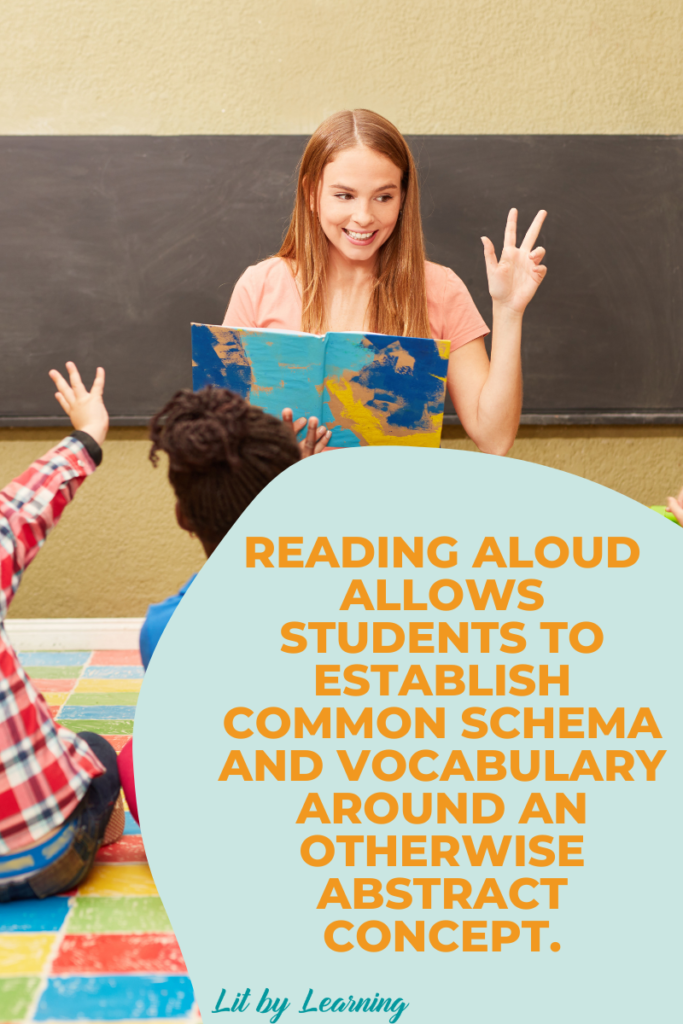
I know I’m preaching to the choir here, so I’ll keep this brief. All early elementary teachers know the power – the magic, really – of a quality read aloud. They know how transformative a group gathering at the rug to simply listen and respond to a shared story – a book just read aloud – is. Reading aloud allows students to establish common schema and vocabulary around an otherwise abstract concept. It allows students to enter into someone else’s world – their conflicts and decision-making – and to discuss it objectively. What a wonderful way to explore a concept as important as community!
10 books for read aloud about community
Without further ado, here are my all time favorite books for read aloud. I love to mix fiction with non-fiction as we explore this concept!
Something Beautiful by Sharon Dennis Wyeth | Chris K. Seontpiet
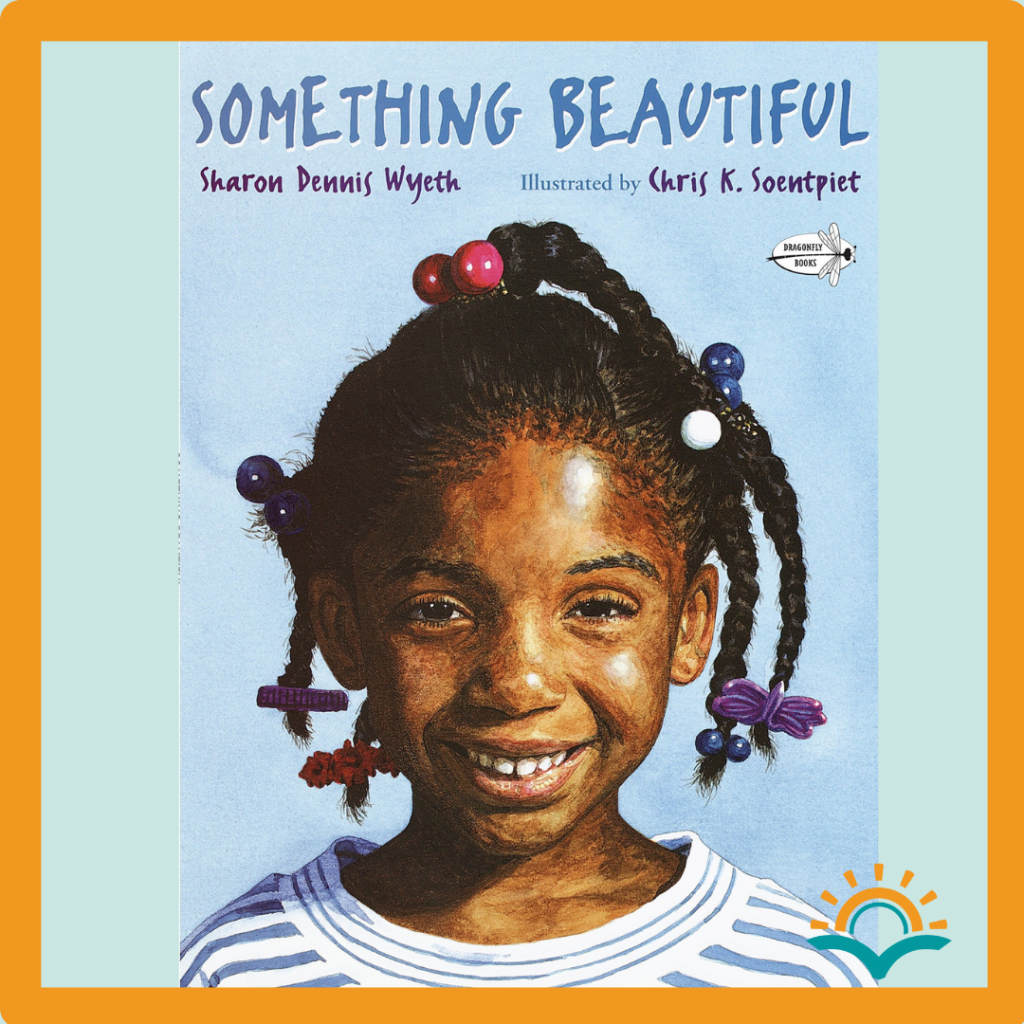
The Car Washing Street by Denise Lewis Patrick | John Ward
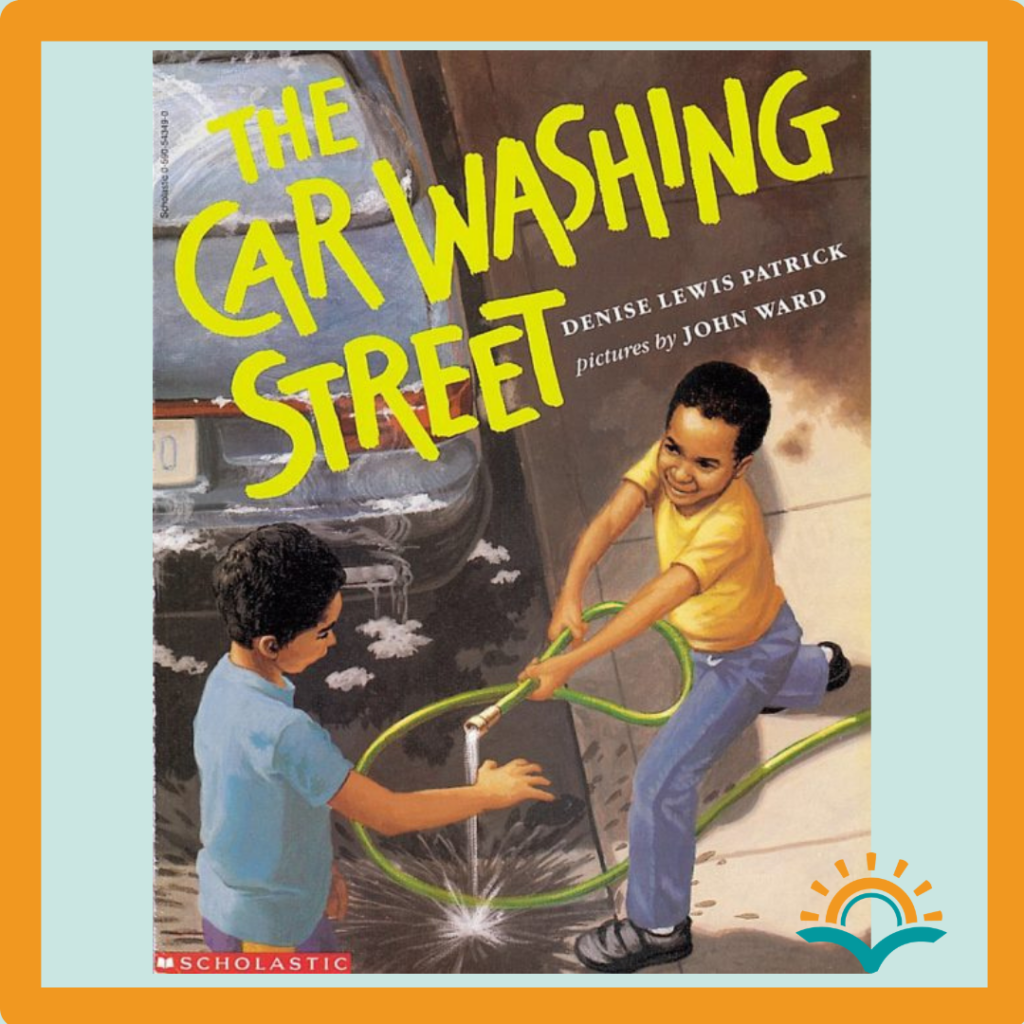
Helping in the Community by Victoria Parker
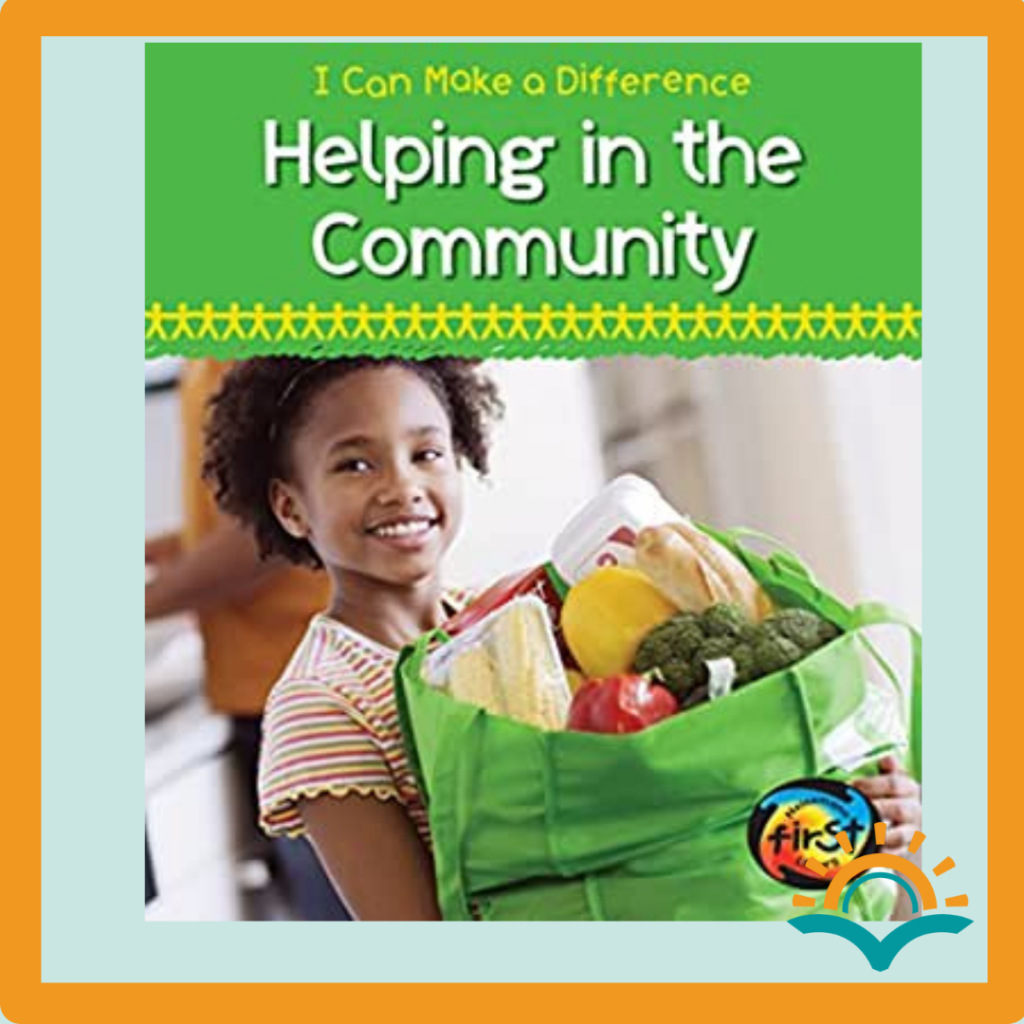
City Green by Dyanne DiSalvo-Ryan
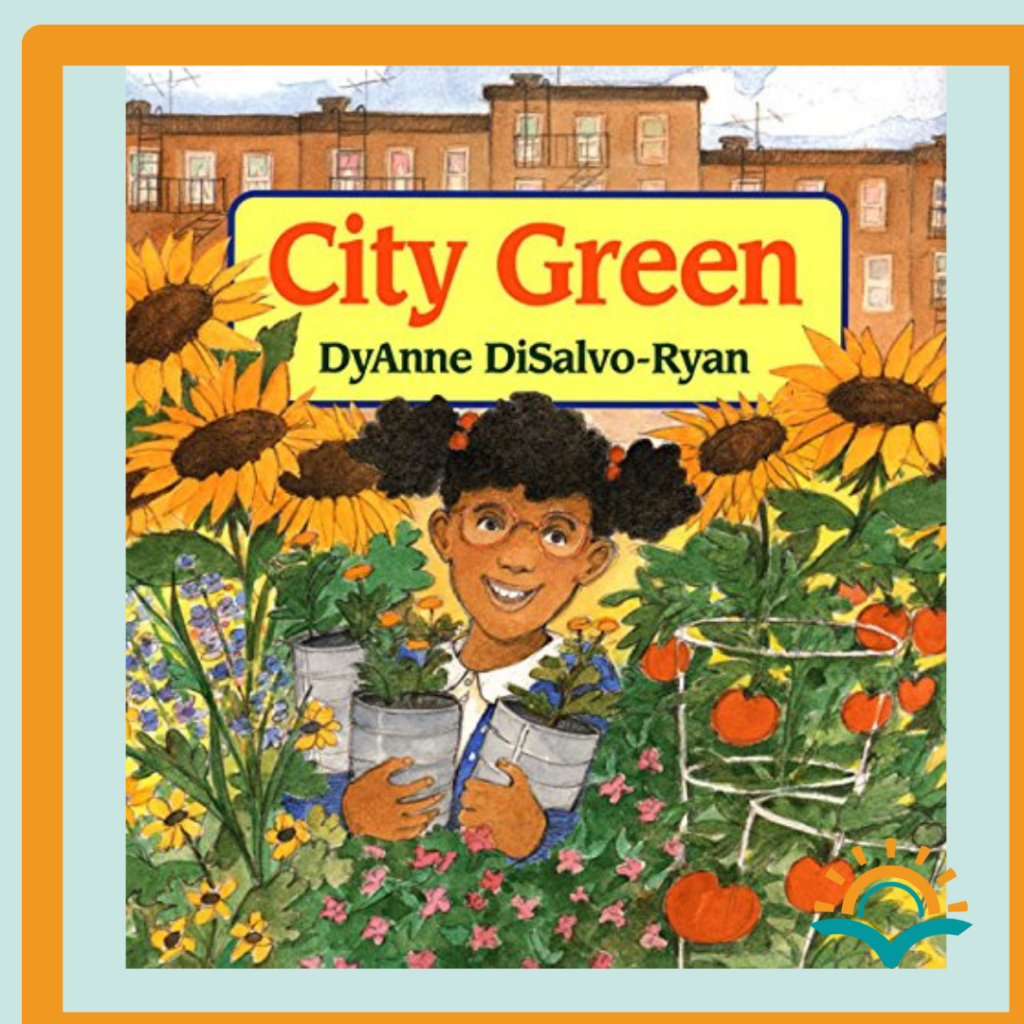
What is Community? by Rebecca Rissman | Sian Smith
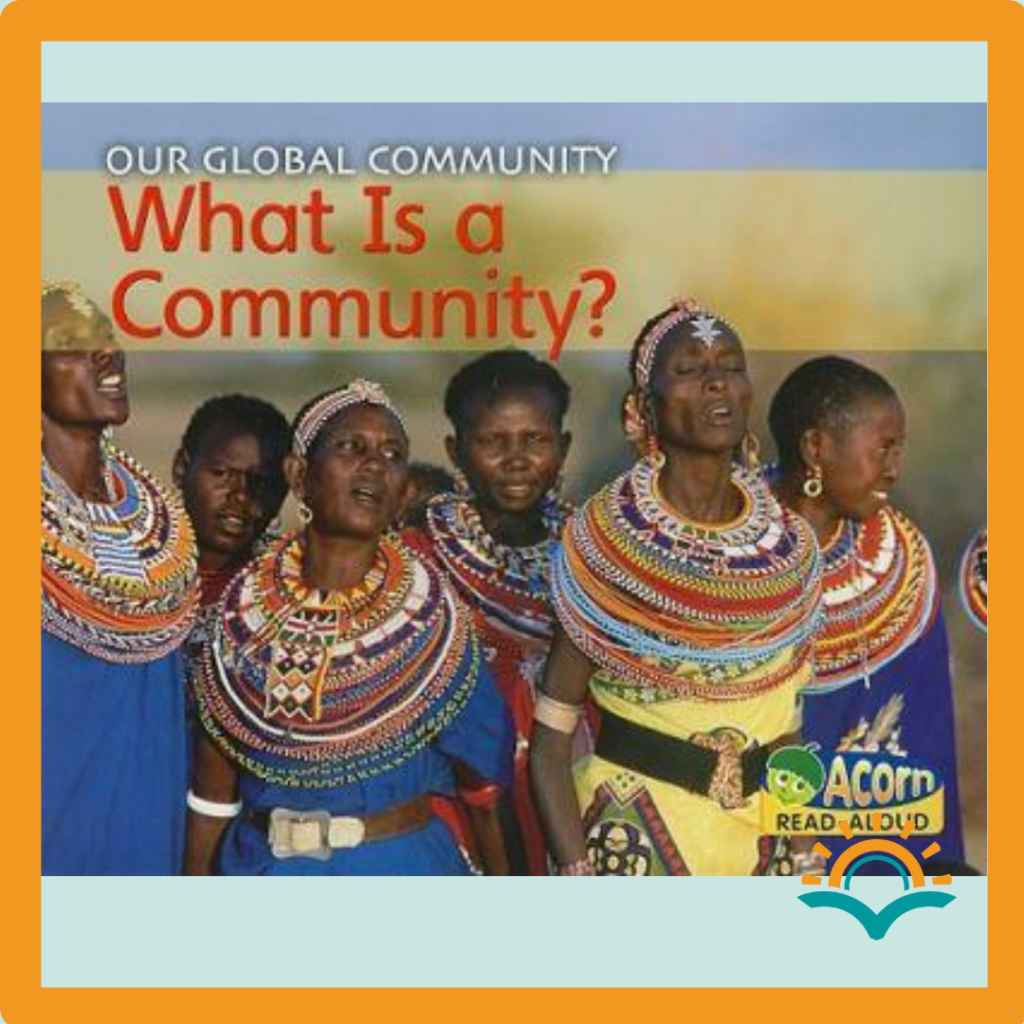
Maybe Something Beautiful by F. Isabel Campoy & Theresa Howell | Rafael Lopez
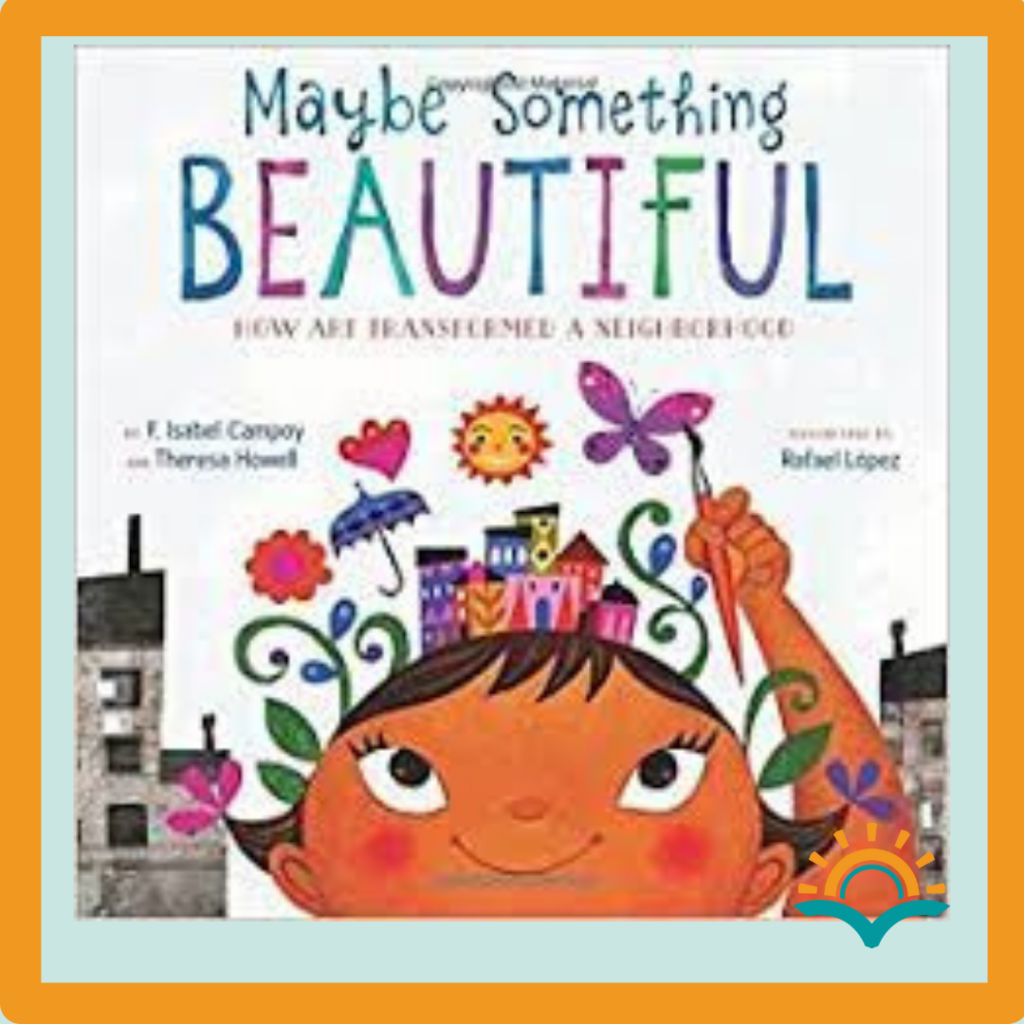
All Are Welcome by Alexandra Penfold | Suzanne Kaufman
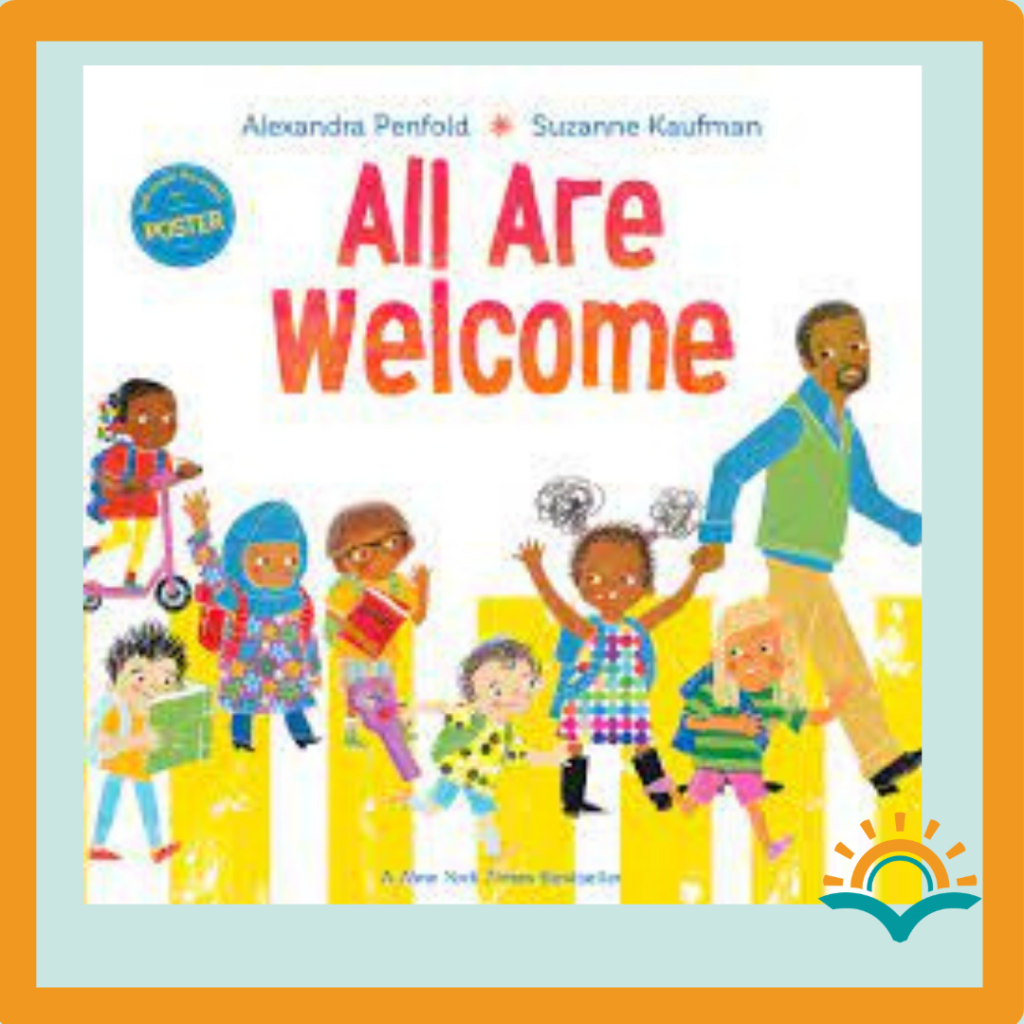
Being a Good Citizen by Adrian Vigliano | Rebecca Rissman
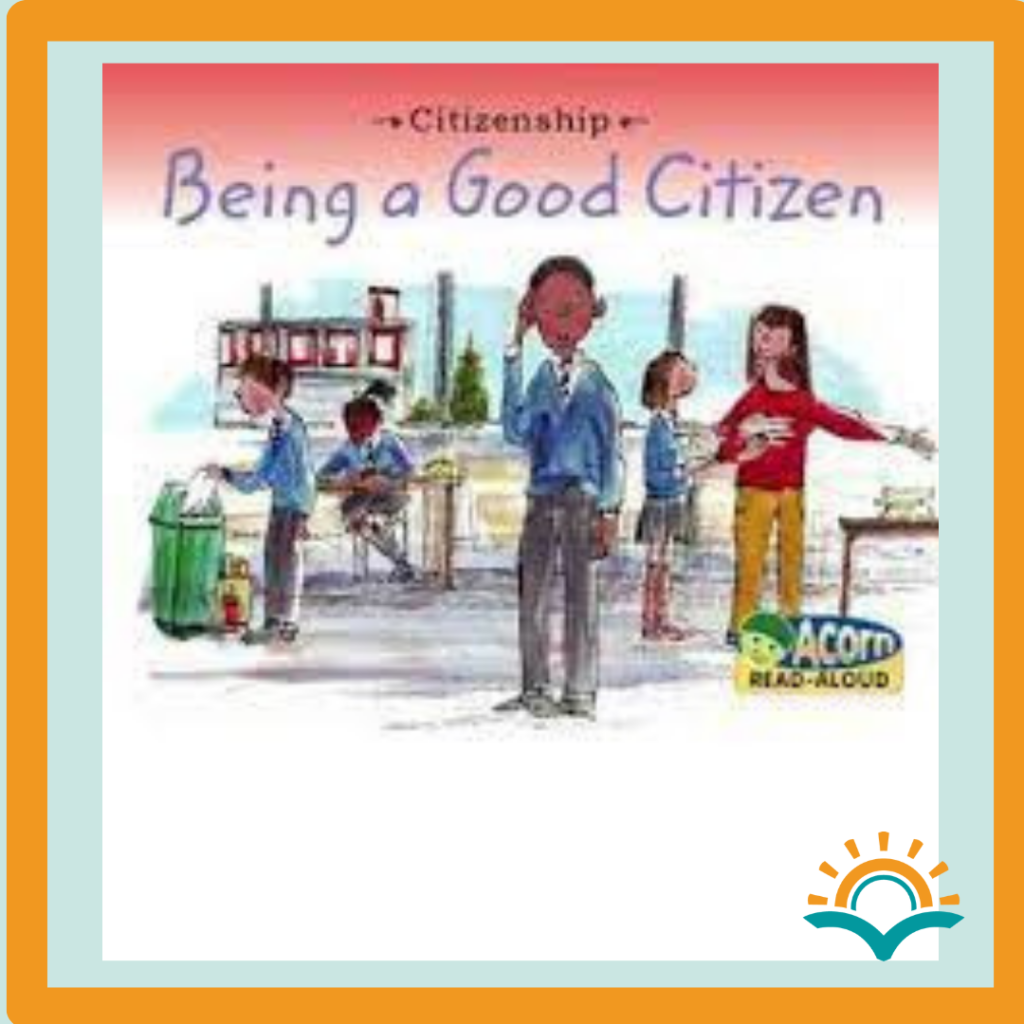
Our Class is a Family by Shannon Olsen | Sandy Soenke
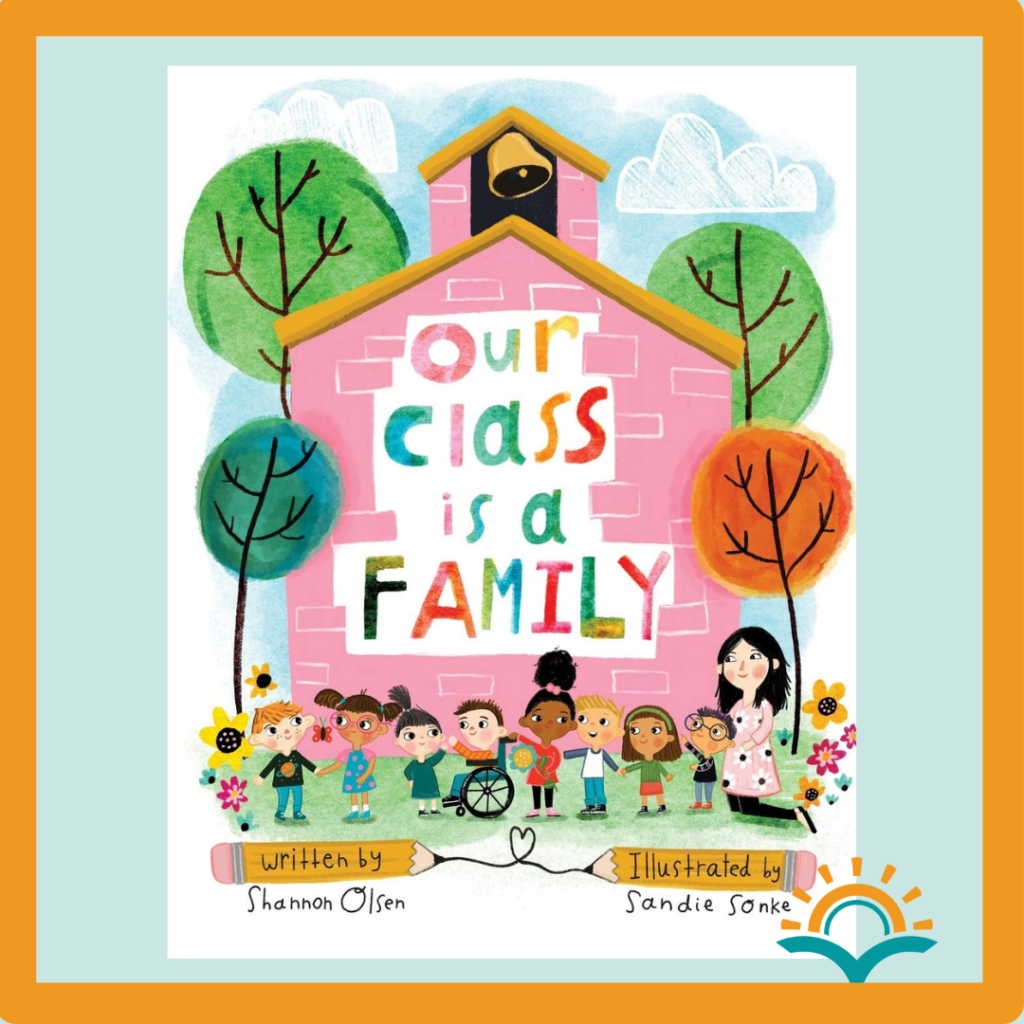
Quinito’s Neighborhood / El vecindiario de Quinto by Ina Cumpiano | Jose Ramirez
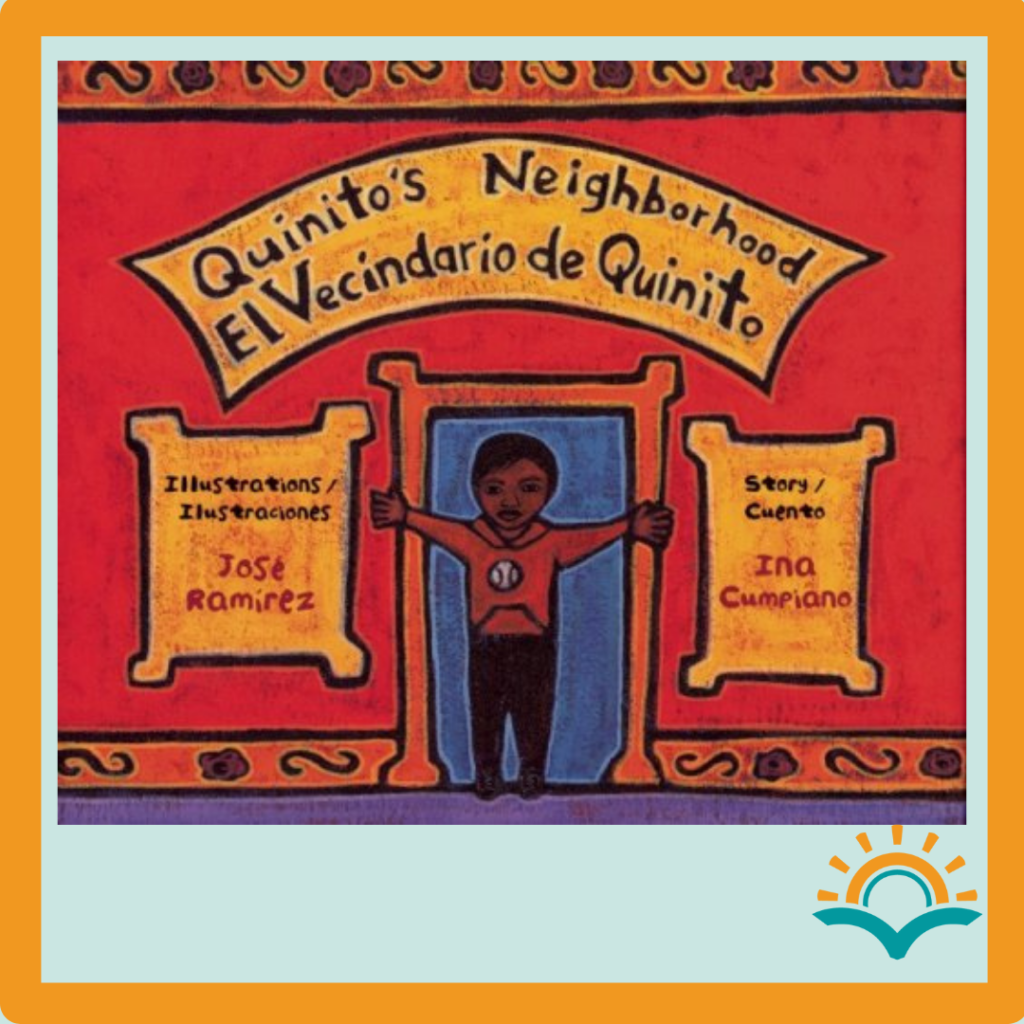
Taking it to the next level
This list of books for read aloud give you a great starting point, but I imagine some of you are ready to go deeper! Please join my first-grade International Baccaleareate class and me as we explore community via this interactive notebook I created fresh for this school year! We will process through six bends as we explore essential questions like “What is a community?” “What does a strong community need?” and “How can I be a responsible citizen of our community?” I’d be honored to have you join us!
